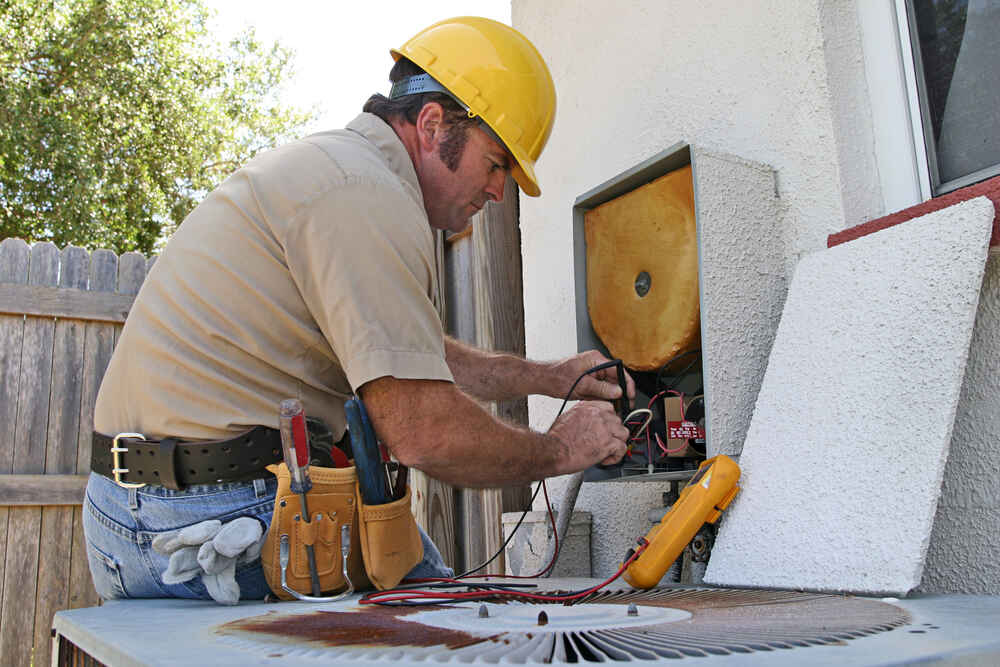 Valley Comfort Heating and Air Conditioning is the North Bay’s HVAC contractor for all your heating, air conditioning, ventilation, duct work and indoor air quality issues.
Valley Comfort Heating and Air Conditioning is the North Bay’s HVAC contractor for all your heating, air conditioning, ventilation, duct work and indoor air quality issues.
We are a family owned and operated business and has been serving residents of Santa Rosa, Calistoga, Napa, Healdsburg, Windsor, St Helena, Rohnert Park and surrounding areas for more than 15 years.
We operate our business on the principles of integrity, reliability, quality service and honesty and we specialize in all aspects of residential and commercial heating and cooling. Our main goal is to deliver superior service with excellence and to cultivate a long-term relationship with our customers.
1. Our Services
1.1 Furnace and Heating Repairs & Installation
When it comes to furnace and heating repairs & installation in the Santa Rosa, Sonoma, and Napa areas, you should know that we have invested in professional expertise and quality equipment to meet the needs of our customers.
If you need to update or replace your existing heating system, or you want your existing setup to perform at peak efficiency, our NATE certified technicians are available to provide the best installation, repair, and maintenance services. Our friendly and efficient experts are always committed to providing the highest level of service in the business.
We will do whatever it takes to help you get the comfort solution you deserve. We are available to assist you at every step of the way, from the selection and installation to the financing. Our expert technicians can also help you maintain your heating system and make sure the equipment is running as efficiently and comfortably as possible. Since we know the impact that a damaged heating system can have on your quality of life at home, we provide emergency repair services 24 hours a day, 7 days a week.
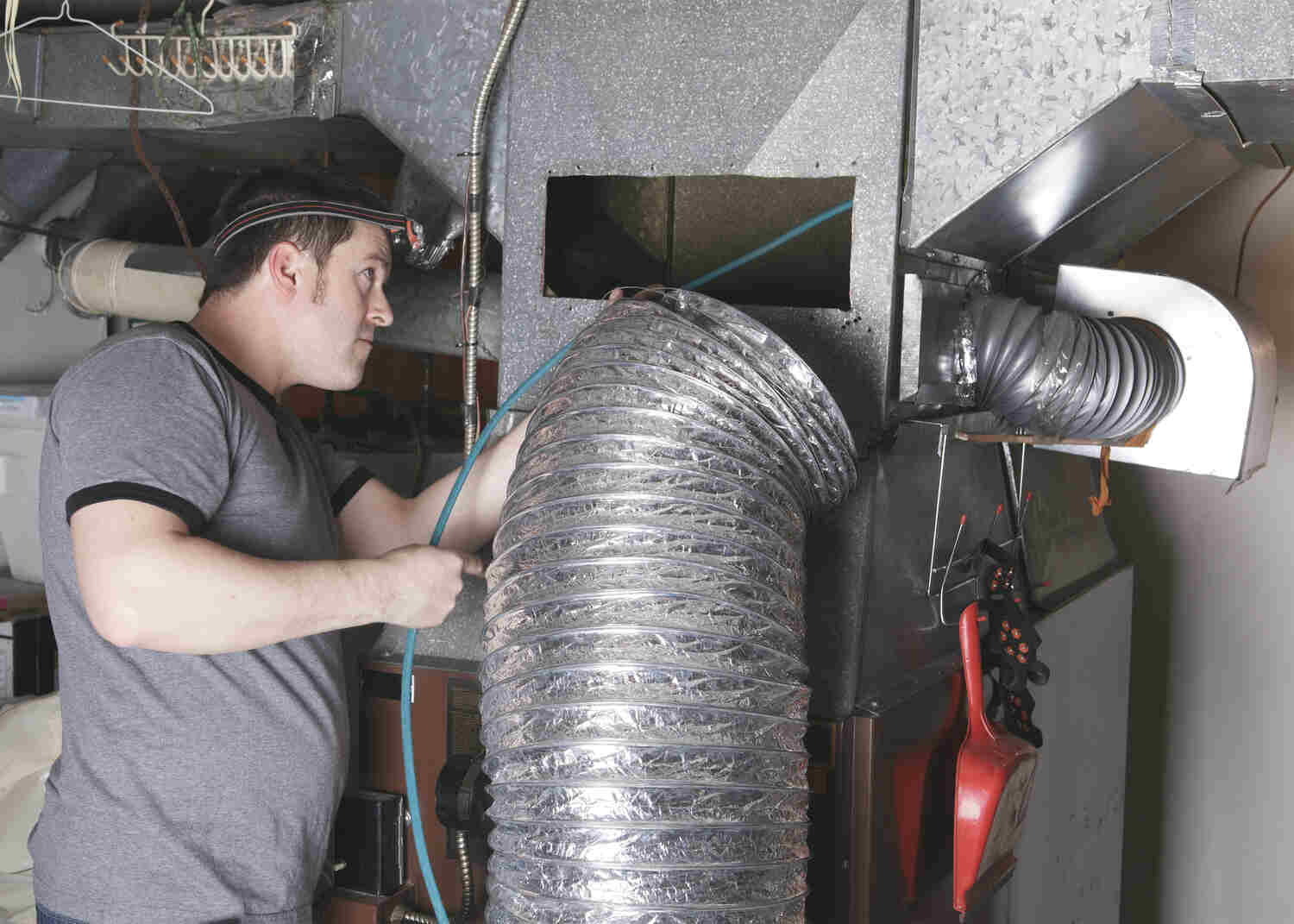 1.2 Air Conditioning Repairs & Installation in the North Bay
1.2 Air Conditioning Repairs & Installation in the North Bay
For air conditioning repairs & installations in the North Bay area, Valley Comfort Heating and Air carry an extensive range of high efficiency, high performance Carrier air conditioners and parts.
Our highly trained service technicians have extensive experience and are always ready to install a new cooling system without disrupting your entire household or office. All our service technicians are factory–trained, efficient and courteous, and they can handle repairs and maintenance on any make or model of A/C unit.
1.3 Indoor Air Quality Installation & Repair
We understand that our customers spend the vast majority of their time at home indoors, either sleeping, relaxing, working, or eating. Therefore, when it comes to indoor air quality installation & repair in the Santa Rosa, Sonoma, and Napa areas, it is is extremely important to us to ensure that your indoor air is clean and healthy to inhale.
We have worked hard to become the market leader in providing the most effective indoor air quality products and services while at the same time helping our customers lower their utility bills. Our service technicians are experts in diagnosing and finding solutions to indoor air quality problems. Some of our IAQ products include:
- Ventilators
- Humidifiers
- Air filtration systems
- UV lamps
To learn more about indoor air quality and how we can help you to lower your utility bills, please call us at (707) 539-4533 in Sonoma County or (707) 539-4533 in the Napa Valley Area or complete our online contact form and we will connect with you as soon as possible.
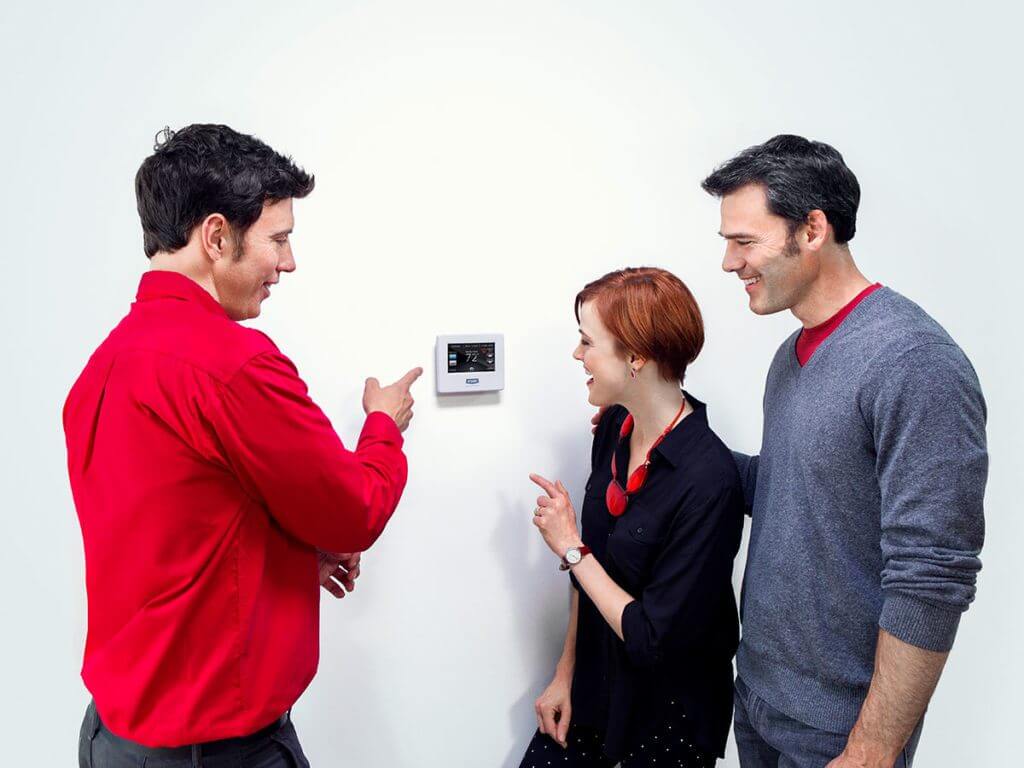 2. What is HVAC?
2. What is HVAC?
HVAC stands for Heating, Ventilation, and Air Conditioning and is an umbrella term covering several kinds of technology responsible for providing heating, cooling, and comfort in residential as well as commercial buildings and vehicles.
HVAC is considered as a specific type of mechanical engineering since it deals primarily with the following branches of science: heat transfer, thermodynamics, and fluid mechanics. HVAC technology is traditionally designed and used with two goals in mind: improving air quality and setting a comfortable temperature within a given space.
2.1 Heating
The “Heating” part of HVAC refers to technology that warms the interior of buildings, residential as well as commercial.
Raising the temperature in such places can be accomplished in numerous ways, and several distinct forms of technology that are commonly used to achieve this goal exist. Furnaces are the most common type of heating apparatus in many homes throughout the United States, although some homeowners opt to use alternative methods including hydronic systems and geothermal heat pumps. There is even considerable diversity within the realm of furnaces since different types can be powered by various means.
2.2 Ventilation
Most residential and commercial HVAC systems rely on a central network of ducts to carry treated air throughout the buildings where they are installed. Once this air moves through the ducts, it is released into the building via numerous vents placed at strategic locations on the walls, ceilings, or floors.
Ducted systems are also referred to as forced-air models because of the blower that “forces” the air through the system. However, there are also other kinds of HVAC systems that do not use ducts to move air. A combination of ductless split-system air conditioners and stand-alone space heaters are common alternatives in smaller spaces with reduced heating and cooling needs or less space for ductwork.
2.3 Air Conditioning
Air conditioning is undoubtedly one of the essential functions your HVAC can perform. When the weather outside is too hot, what better way to cool off than by turning on the AC and enjoying a refreshing afternoon indoors?
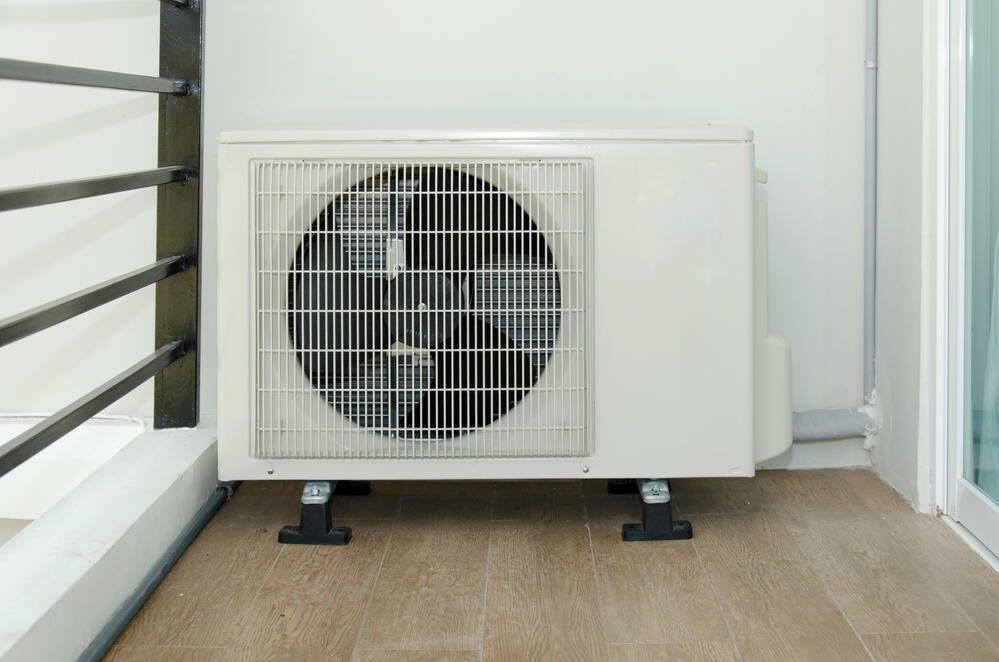 How does an air conditioner work?
How does an air conditioner work?
Air conditioners draw heat from the air in your building and release it into the air outside. They accomplish this with the help of a chemical called refrigerant, which absorbs and transfers heat by going through several state changes as it moves throughout the air conditioning system. Here are the steps:
Step 1: Refrigerant starts as a low-pressure gas when it enters the compressor. The compressor squeezes it until it becomes a high-pressure gas.
Step 2: The gas enters the condenser, where it is condensed into liquid form. When this occurs, it releases its heat to the air outside.
Step 3: The liquid refrigerant still has high pressure, so it must move through the expansion valve. This valve controls the flow of coolant, causing its pressure to drop in the process.
Step 4: The cold, low-pressure liquid refrigerant then moves into the evaporator, where it absorbs heat from the air inside the building. This lowers the indoor temperature and turns the refrigerant back into a gas.
Step 5: The hot, low-pressure gas then moves back into the compressor, and the entire process repeats itself.
How to maintain your HVAC
Do-it-yourself HVAC maintenance should always go hand-in-hand with regular service calls from a licensed professional, but there are several things you can do by yourself to ensure that your system is in optimal shape.
Perform the following air conditioner maintenence tasks as noted:
- Walk around your outdoor unit each weekend during the cooling season and remove twigs, leaves, and other debris from within a two-foot radius. This will prevent such debris from entering your outdoor unit where it could clog the system.
- Change your filters each month while the system is in use to ensure that your HVAC remains efficient and does not develop airflow problems.
- Look inside the condensate drain pan monthly to ensure that it is emptying sufficiently and that there are no noticeable obstructions in your drain lines.
- Check the thermostat settings frequently to ensure that it has batteries and is configured correctly. Refer to the manual if you are not sure what the optimal operating temperature for your thermostat is.
Back to the top.
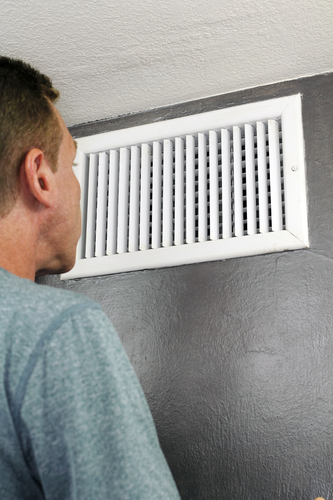 3. Indoor Air Quality and Energy Efficiency
3. Indoor Air Quality and Energy Efficiency
What is Indoor Air Quality?
Temperature is only one goal of HVAC technology. The other is improving indoor air quality. High-quality air can be defined as air which is fresh, free from pollutants or chemicals, and of optimal humidity. It should also be free from allergens such as dust or pollen that can affect individuals with particular respiratory conditions.
HVAC and Energy Efficiency
It is vital for all HVAC owners to ensure that their systems are as energy-efficient as can be. An efficient HVAC will save its owner money on their utility bills each month, whereas an inefficient system can produce the opposite effect. Remember the more power your air conditioner must use to create the atmosphere you want, the more you will have to pay for it.
Energy efficiency problems in HVAC systems can typically be attributed to one of the following factors:
- Airflow problems that prevent proper circulation within the system and force it to work harder than it should.
- Wear and tear that causes key components to underperform while drawing the same amount of power as usual.
- Electrical issues or fuel leaks that result in wasted energy (and may also pose significant safety hazards for as long as they remain unchecked).
Back to the top
4. The ‘N’ Components of an HVAC System
Some parts of your HVAC are critical to the way it functions. For example, your system would be rendered useless without a working compressor, since the compressor performs one of the core functions of the refrigeration cycle (and the system would not be able to cool the air in your home without it).
However, certain parts of your HVAC can fail without shutting down the entire system as a result. Components that are designed to fail without completely stopping the system have what is called N+1 redundancy. This means that if they fail, there is at least one backup part that can go into use for them. N components typically include fans and pumps, although each system is designed differently.
Back to the top.
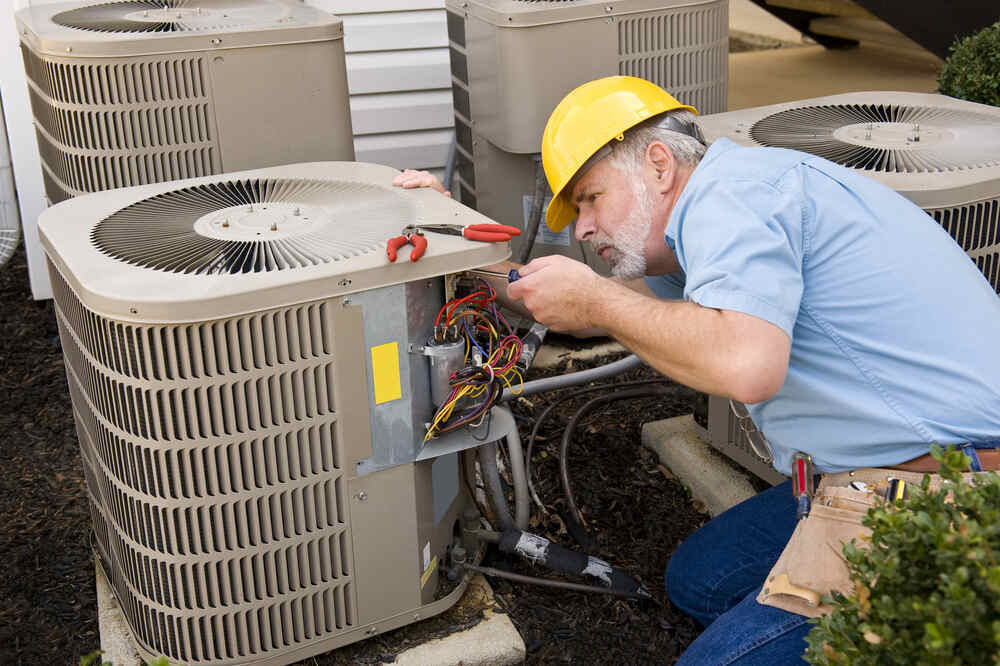 5. Maintaining your HVAC System
5. Maintaining your HVAC System
First, how does an HVAC system work?
A typical HVAC system contains an air conditioner and a furnace, which normally function during alternating halves of any given year. It has two units: an outdoor unit that includes the compressor and condenser coil for your AC, and an indoor unit that houses the furnace, air handler, and evaporator coil.
A thermostat (usually located conveniently on a central wall of the building) allows the owner to set the desired temperature for the indoor space. Once this has been established, either the AC or the furnace will turn on and work to achieve the specified temperature.
How to Maintain Your HVAC System
In addition to taking the DIY steps listed above, it is essential to make sure you invest in regular professional help to keep your HVAC system running effectively. Make sure to call a licensed professional to come and diagnose your system for problems at least once a year.
Consider signing a service contract with an HVAC company you trust, so that you can save money over time and have the same service tech visit you repeatedly. Doing so will allow your HVAC technician to become more familiar with your system over time, and help them to notice problems or implement solutions faster than someone who is seeing your system for the first time.
A preventative maintenance plan ensures that you receive service on a regular basis and you don’t need to remember to call an HVAC company every 6-12 months.
Back to the top.
6. Potential Problems to Keep an Eye On
HVAC systems in homes and commercial buildings are subject to several common problems. If you notice any of the following issues in your HVAC, take note of them and contact a professional if necessary.
- Strange odors emanating from your air vents. This could be a sign that your ducts are overdue for cleaning (which should take place every 2-5 years).
- Higher than average utility bills. These could indicate energy-efficiency problems in the HVAC that require professional assistance.
- Loud noises occurring while the system is running. Loud noises are usually caused by objects in the ducts that should not be there, or by the blower motor coming loose and bumping around inside the system. In either case, a professional should identify the cause of the sound and remove it before you continue to use the system.
- Water pooling in copious amounts near the indoor unit. A certain amount of condensation is natural, but large puddles of water may indicate a blockage in the condensate drain lines or a leak in the pan. It can also be a slipping hazard or interfere with nearby electrical systems.
- Leaking refrigerant. Refrigerant consists typically of freon, which should only be handled by people who have specific skills and equipment. Do not attempt to fix a refrigerant leak by yourself—instead, stop using the system and call for help.
Back to the top.
 7. Types of Systems and Their Benefits
7. Types of Systems and Their Benefits
There are several diverse types of air conditioners and heaters available throughout the United States. Take care to learn about your options before buying, so that you can select the kind of product that will work best for you.
AC – Air Conditioning Systems
The most common types of air conditioners in the United States include:
- Split system air conditioners: most ducted systems fall into this category of air conditioner. These air conditioners use a compressor to move refrigerant between two coils—the evaporator coil (inside the building) and the condenser coil (outside).
- Heat pumps: these systems are essentially air conditioners that can reverse the refrigeration cycle to move heat from outside into the building when they need to warm the space. They often supplement this heat with small electric heating coils (especially in periods of frigid weather, when there is limited heat in the outside air to absorb). However, this additional heat can be less cost-effective than a standard furnace if it is relied upon too heavily.
- Packaged central air conditioners: packaged central air conditioners are most common inside mobile homes and other small buildings that do not have room for ducted systems. They house the compressor, condenser, and evaporator in the same large unit. This makes them more compact than ducted systems—although the unit housing these components is relatively bulky, and can throw off the decor of buildings upon which it’s installed since it typically must be placed against an outdoor wall or on top of the roof.
- Ductless mini-split systems: these systems use the same principles behind a standard split system air conditioner—but instead of using a network of ducts, the outdoor and indoor units each sit on opposite sides of a wall in the room they are intended to cool. As such, they can be cost-effective ways to cool a single room, but the price of purchasing multiple units for different rooms in a building can make them impractical for larger homes and commercial spaces.
Heating
Just as there are several types of air conditioners, there are many kinds of heating systems available to consumers. They include:
- Forced air furnaces: these are the furnaces most common in home and commercial HVAC systems. They often use gas to heat up the air and blow it into the building through a central series of ducts and vents—although electrical heaters are also becoming popular with modern homeowners. Older furnaces may also use heating oil, although this is typically seen as a less efficient and environmentally-friendly source of fuel.
- Water heaters: heating up water and running it through a network of tubing beneath baseboards is an excellent way to keep the floors warm in winter and provide radiant heat for your home—provided you do not spring a leak. These systems also tend to have higher installation costs, and cannot use the same infrastructure to cool spaces.
- Geothermal and electric heat pumps: electric heat pumps use electrical power to supplement the refrigeration cycle when put into reverse, but geothermal pumps draw heat directly from the ground. As such, they are extremely energy efficient. However, they cost much more than other heaters at the initial point of purchase.
8. Thermostats
The thermostat is essentially the brain of an HVAC. It tells the system whether to use the furnace or the air conditioner to achieve the temperature you want and turns them off when they have altered the temperature in the space to the desired level.
Conventional thermostats must be set and adjusted manually, but there are several “smart” thermostats available that can adjust themselves to maintain optimal energy efficiency in your building.
Back to the top.
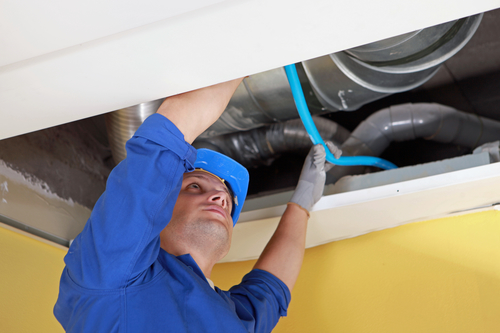 9. HVAC Manufacturers, Warranties, Repairs and Placements
9. HVAC Manufacturers, Warranties, Repairs and Placements
Manufacturers
Several different companies manufacture HVAC systems for sale in the United States, and it is vital to consider the pros and cons of each when you decide to buy a new system.
At Valley Comfort Heating and Air we recommend Carrier products for those who want to purchase ducted split system air conditioners since they are both high-quality and more cost-effective than other high-end systems. It is also easy to find replacement components for Carrier products when they are required, which makes them easier to take care of over extended periods.
Warranties, Repairs, and Placements
Most new air conditioners and furnaces come with warranties, but systems that are five or more years old are unlikely to remain protected by such agreements. Check the warranty on your HVAC if you are experiencing trouble and contact the manufacturer if the warranty is still valid. If not, make sure to find a licensed HVAC technician capable of performing the work you need, and consider entering a service contract with them to ensure your older model will continue to receive the care it needs for the remainder of its lifespan.
10. Do We Need Financing?
Many home and business owners worry about investing in a new HVAC system because of the up-front cost. However, careful maintenance and regular service can help you save enough money in the long term to offset the purchase price of a new HVAC system.
The main point to remember is to make sure you hire an HVAC professional to care for your system and establish a lasting relationship so you will always have the support you need.
When you need financing to purchase a new HVAC system please connect with us to discuss options available.
Back to the top.
New Installations
Find out more about our new installation and repair services.
Products
View our complete line of products and see why we proudly install and service Carrier products.
Financing
Financing is available with approved credit. Click here to learn more!



